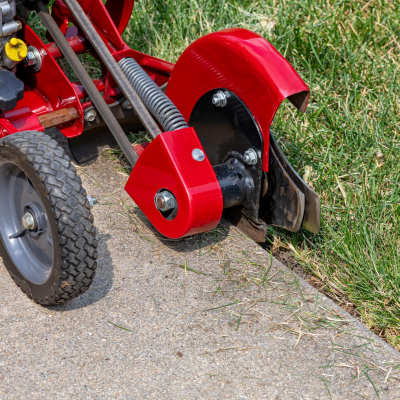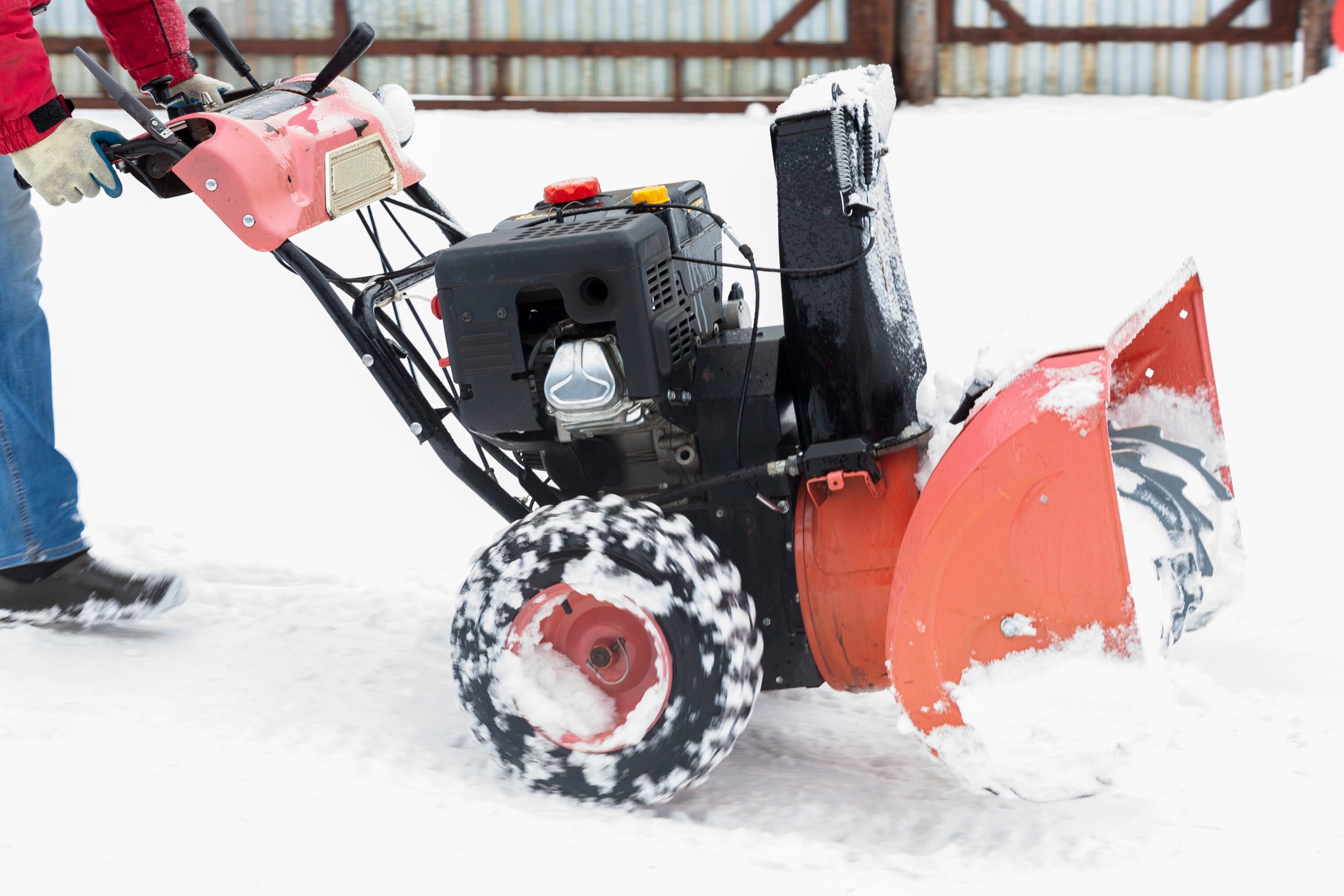OUTDOOR POWER EQUIPMENT
Our Products
FLEXIBLE SHAFTS
Limited clearance or tight bend angles in your equipment? Elliott products are designed to bend around, under and through the complicated paths in your machine design. Our flexible drive shafts give you the perfect fit, while delivering top steering and handling in the coldest temperatures.
Variable weather conditions? Elliott flex shafts have a unique design that addresses issues like temperature changes, chemicals, moisture, salt spray, intense torque load and continuous operation at high speeds.

Why choose an Elliott design?
Elliott offers a broad range of flex shaft materials for your construction equipment, including core constructions and sizes. You’ll find our flex shafts will effectively and reliably transmit power to a driven element that must move during operation for a high degree of freedom in the location of drive sources.
Elliott has extensive engineering expertise, from concept, design and development (life, performance and validation testing) to the ability to design and produce complex parts, including unique interface designs. We offer a broad range of materials, core constructions and sizes.
With more than 75 years of industry experience, you can depend on Elliott for established performance and reliability. We are a leader in innovative, technological advancements to optimize efficient performance, including materials, methods, coatings, lubricants, tribology and interfaces, plus we are ISO and AS9000 certified.
Customer Resources
FAQs
Visit our FAQ page to learn more.
A flex shaft is a complete mechanism capable of transmitting rotary power or motion between two points that need not be co-linear. Flex shafts are available in a wide range of configurations and materials to meet your needs. Flex shafts are very durable and can operate in demanding environments, even if continuous operation at very high speed is required. There are two primary types of flex shafts:
- Power drive: Designed for continuous operation at speeds exceeding 100 RPM where torque is carried in one direction of rotation. It may also be used where intermittent operation is an application requirement.
- Remote control: Designed for intermittent operation at speeds of 100 RPM or less. Remote Control Flex Shafts generally handle higher torque loads than Power Drive Flex Shafts and can rotate either clockwise or counterclockwise without adverse effects.
Generally, a flex shaft is made up of the following:
- Core: Wire wound in layers in opposing directions around a center wire.
- Casing: Flexible conduit that supports the core during operation. Many of Elliott’s flex shafts come with a casing comprised of a steel liner, steel and cloth reinforcing braids and an elastomer cover.
- Motor connection: This is what attaches the flex shaft to a power source. There are many different motor connections ranging from the simple single fitting to a more complex multi-faceted system.
- Fitting: A core fitting is attached directly to the core to mate to the power source.
- Ferrule: A ferrule attaches to the casing to support it in a uniform bend and to keep it from rotating.
Some systems will have each of these components while others may only have a few.
We can help you determine if the torque, speed and environment of your application are appropriate for a flex shaft. Visit our Markets pages to learn more about how our products are used.
Our Core Specifications is a good place to start. You should know the power you need to transmit, operating speed, direction of rotation, minimum bend radius and torsional deflection. We can figure it out for you if you need help.
Contact Elliott
Can’t find the answer to your question or need more detail? Elliott’s customer service team is here to support you. Please contact us for assistance.





